Windermere Jetty by Carmody Groarke pushes the boat out
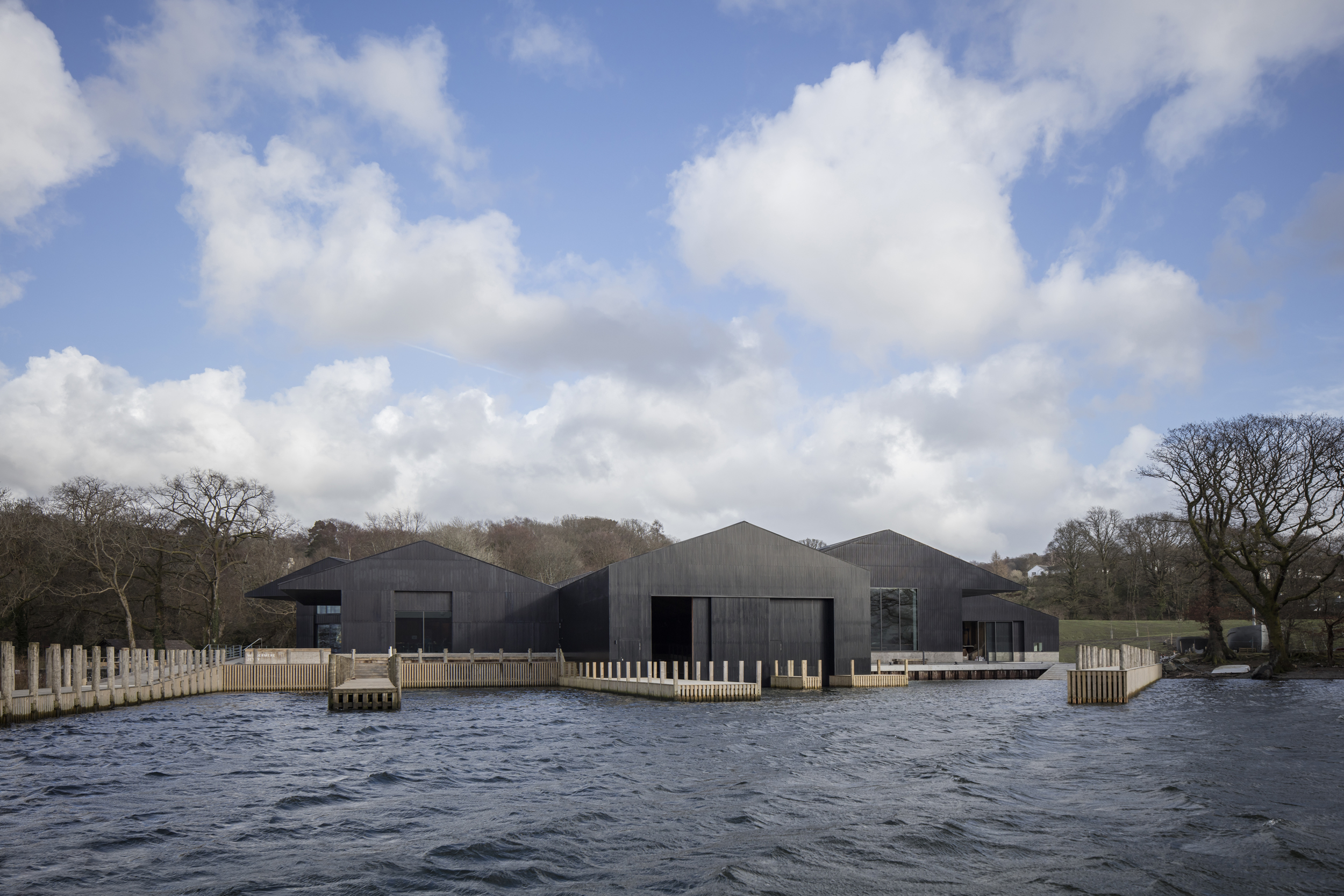
If mention of the Lake District conjures up images of grand waterfront villas, Great British summer holidays, and lush, greenery against a backdrop of snowy peaks – that would be correct. Yet that's not all this scenic part of the UK has to offer. ‘Windermere has this incredible tradition of the sublime and the picturesque, paintings and poetry', says architect Andy Groarke, one-half of London based firm Carmody Groarke. He continues talking about Cumbria's strong industrial heritage – where quarries and shipbuilding featured heavily; an aspect of this idyllic part of the world that remains lesser known. But that's about to change. Enter, the Windermere Jetty.
The newly completed Windermere Jetty (a museum entirely dedicated to lake boats) sits on the grounds of an older structure and institution – the Windermere Steamboat Museum, which started off as a private collection. ‘George Pattinson was a local builder and developer who started collecting boats from Windermere and saved them', says Gordon Watson, former chief executive of Lakeland Arts' (the charity running the museum), who was there when the project was awarded and developed (he retired at the end of 2018). ‘He recognised they were beautifully designed and made, and they were not being valued'. The first museum based on that collection opened in 1977.
Fast forward about 30 years and the museum had to close due to lack of funds – the existing structures were in dire need of maintenance, parts becoming virtually unsafe for the public. Lakeland Arts took over the museum a year later and led the launch of an international competition for a new home for the 40-boat-strong collection, so that it can open to the public once again.

The striking complex is designed by London based architects Carmody Groarke.
There's rowing boats, speed boats, steam launchers, a cargo boat, as well as a very grand luxury yacht – most built in the region's time-honed tradition of timber boatbuilding. ‘In a sense the whole project is, in design terms, about these different periods of speed, moving fast and moving slow, and how time has a great impact on this place, the boats, the buildings and the landscape', says Groarke.
The landscape is without a doubt a protagonist here. ‘We are half-way up the lake here', continues Groarke. ‘It is the biggest open shore that is publicly accessible, apart from the town centre. And it's the best view of Windermere.' At the same time, the museum is a ways off from the town centre, with buildings around it being few and far between. How to go about building in such a visible, and natural, spot?
The architects decided to treat the museum as a low cluster of seven buildings, breaking down its overall size. They read as a little village, using slightly oversized, archetypal forms – simple, clean boxes topped by a pitched roof. These buildings bear many of the characteristics of the lake's vernacular, such as big, pronounced, overhanging eves, the inside/outside relationship, the overall shape and roofline and the topographic change in level. Clad in copper, they feel tactile, adding a certain grounding to their modern, abstract forms.
‘It would have been easy to just focus this museum in the region's picturesque tradition and the high architecture nearby', explains Groarke. ‘But this original site was based on a gravel extraction plant, so has a working history. What was important for the vision of this museum was to hold those two histories, the picturesque and the industrial element, in equal balance.'
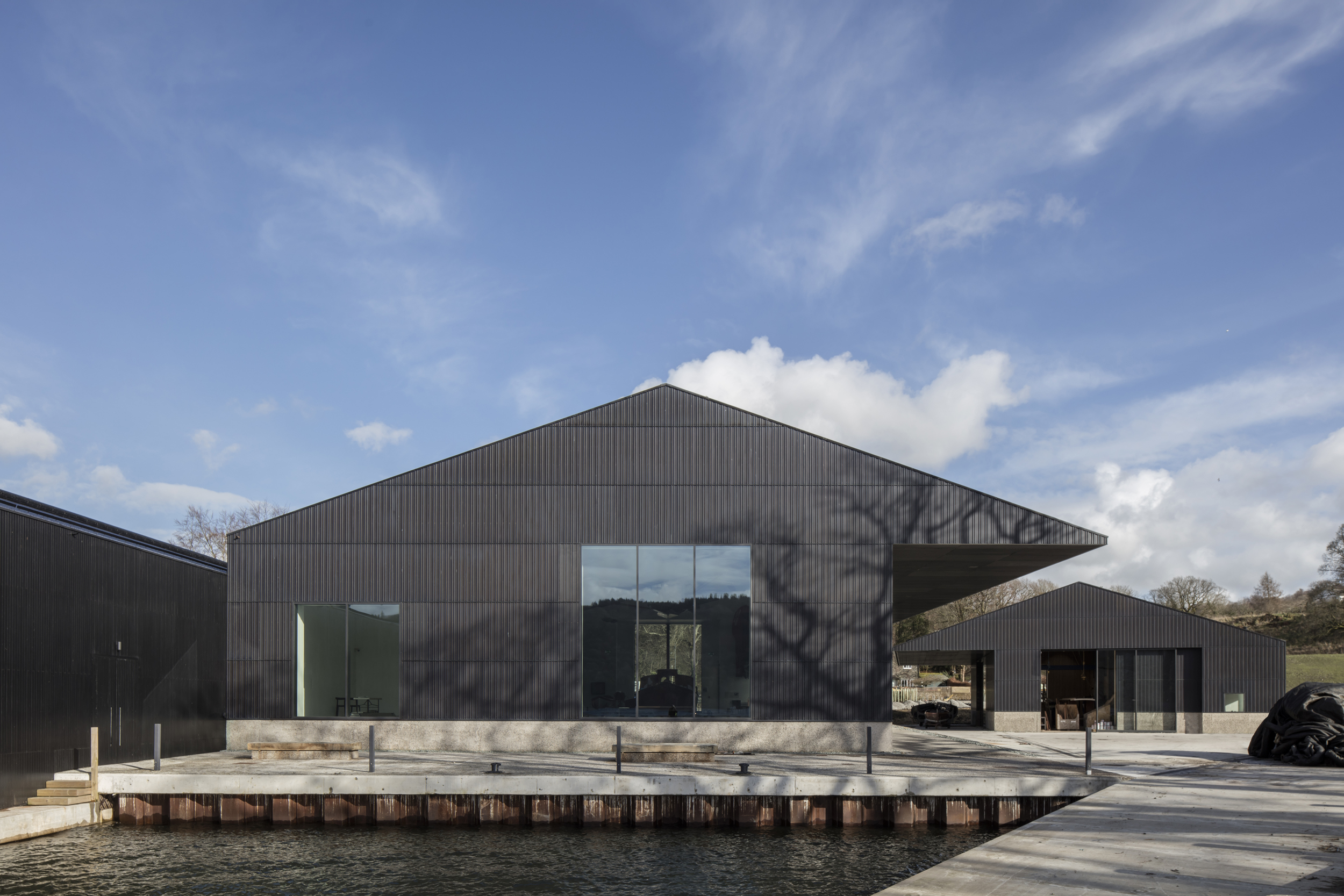
The Windermere Jetty houses an extensive lake boat collection.
A section built on the water covers the wooden wet dock that sits at the very heart of the museum – while everything else huddles around it, mostly built on a plinth and out of the flood risk zone. This central space is flanked by two larger structures, one housing a restaurant and cafe to its right, and the other containing the exhibition space to its left.
More volumes host circulation spaces and museum facilities, such as the shop, storage and room for learning workshops. A separate structure, slightly further down, on the slope leading towards the water, is home to the restoration workshop, which visitors can peek into through large openings. On the site's other end will soon be a restored pond for model boats (currently still in construction).
‘A key part of the brief was that we wanted people to relate the boats to the lake and the landscape', says Watson. ‘[Carmody Groarke] really understood the needs of the collection, as well as of creating a really great visitor experience'. About half the collection is on display (the rest is stored off-site), some pieces on the water and some on dry land. Small details, such as the fact that the boats are all pointing towards the lake, fine-tune the atmosphere, ensuring the visit conveys this life-by-the-water's-edge feel.
The museum's little ‘village' opens to the public this weekend; but it will change and mature in time, blending even more into its surroundings as the copper surfaces takes on patina and change colour, and the landscaping around it grows. A series of jetties of different lengths make arrival at the museum just as fun as the visit itself. The plan is for locals and tour boats to be able to dock here, bringing visitors in; and what better way to experience these majestic vessels than in their element, both in the museum, and out.
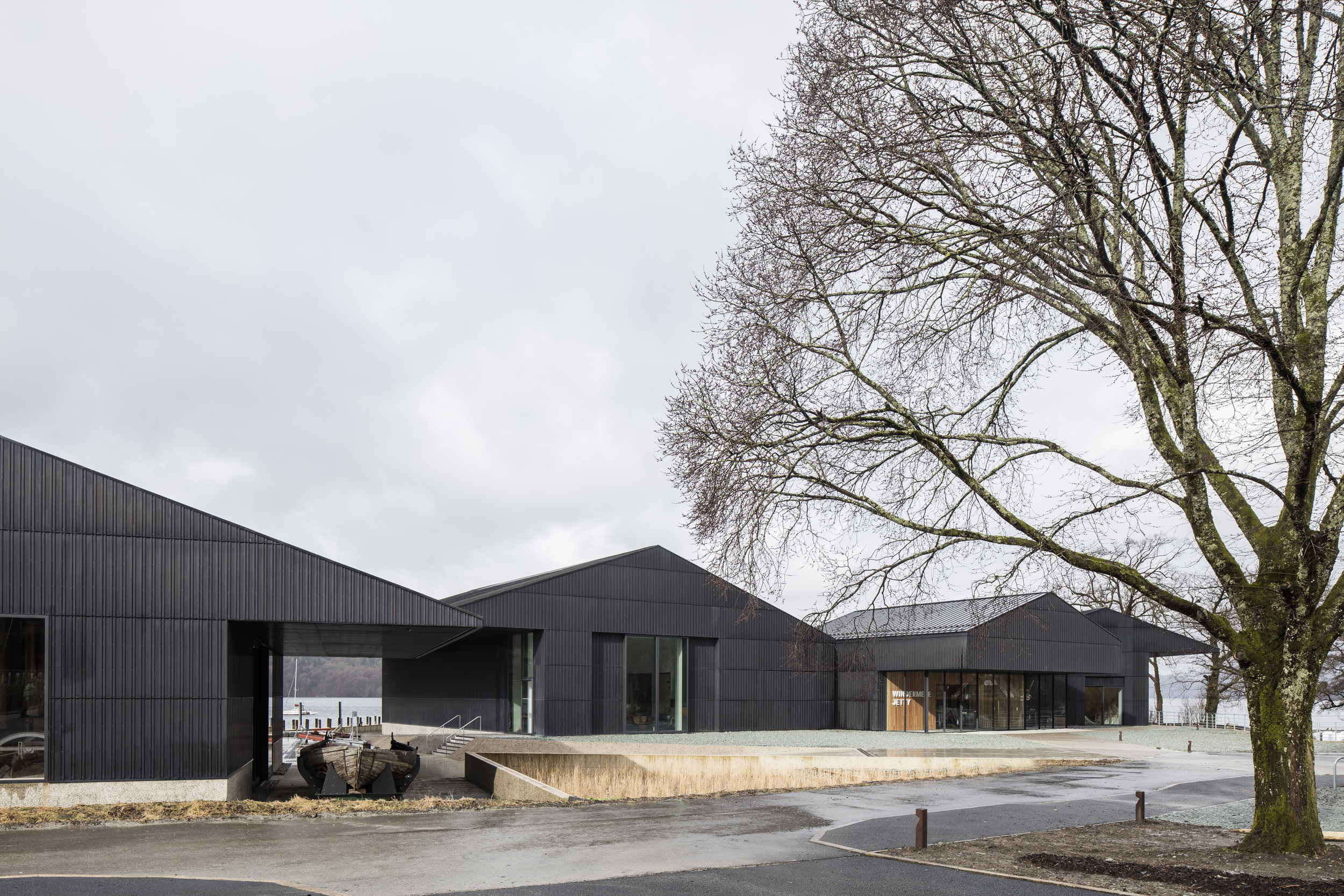
The project was concieved as a constellation of structures.
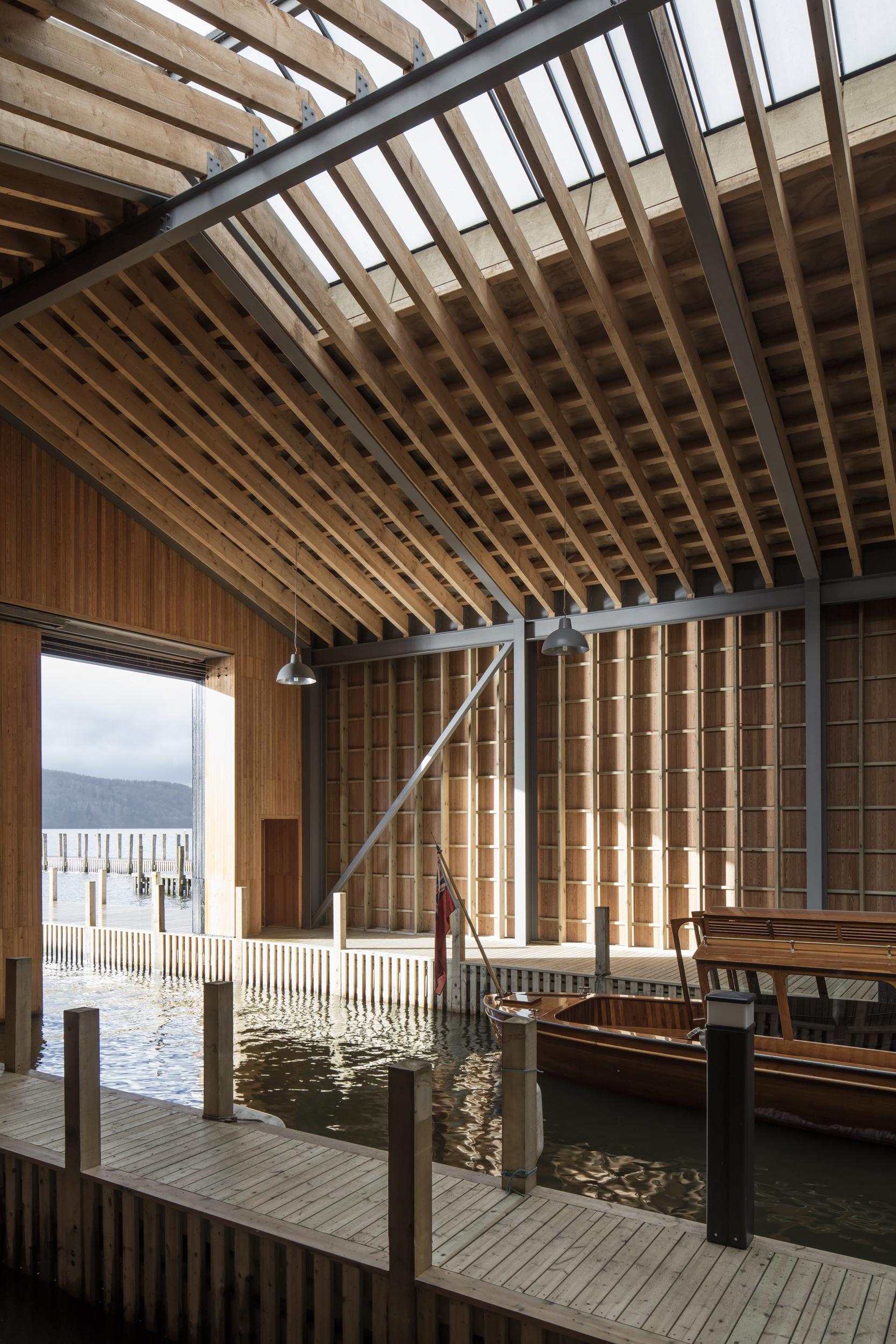
A wet dock sits at its heart, showcasing some of the museum collection’s finest pieces.
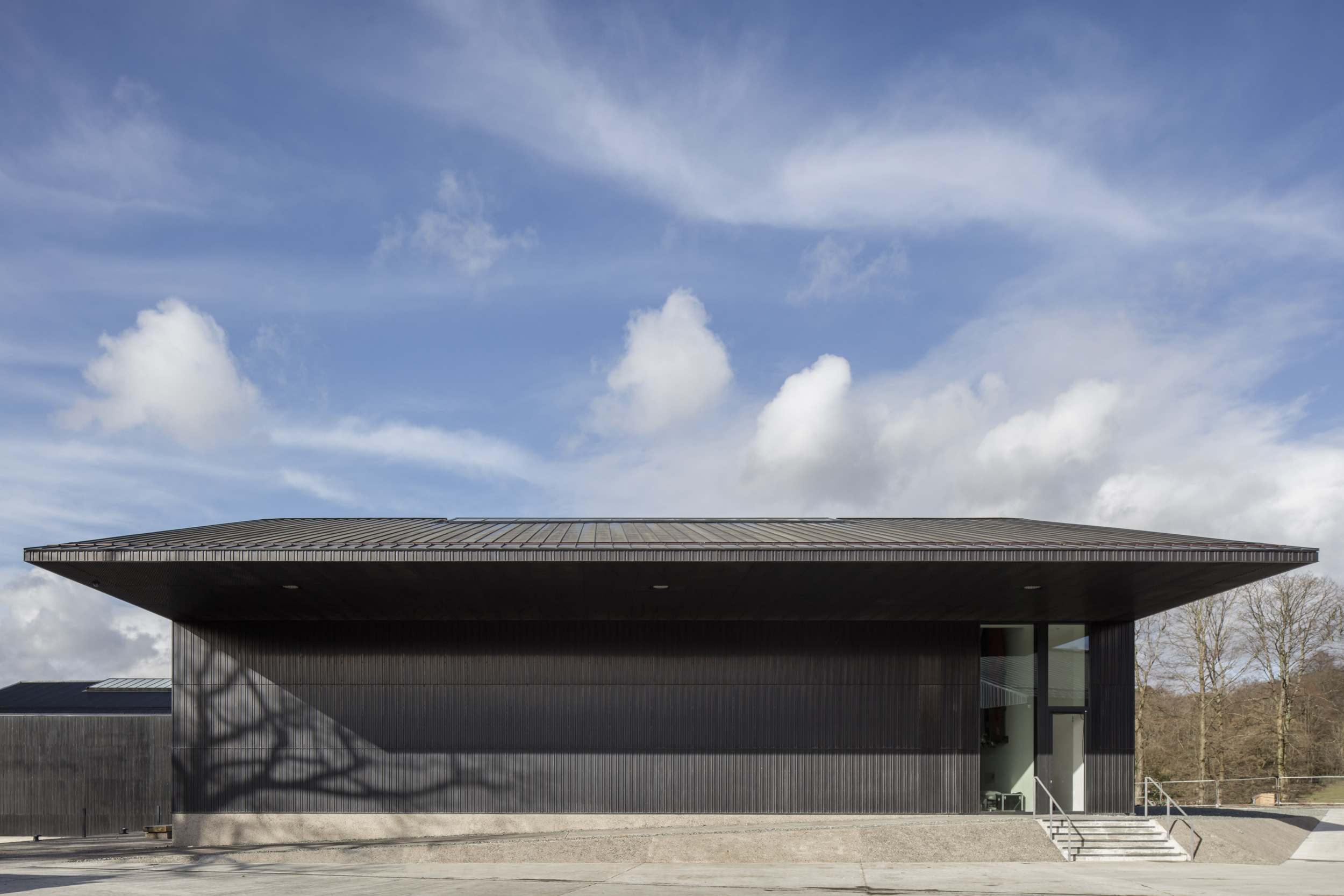
The structures house exhibition spaces, a restoration workshop...
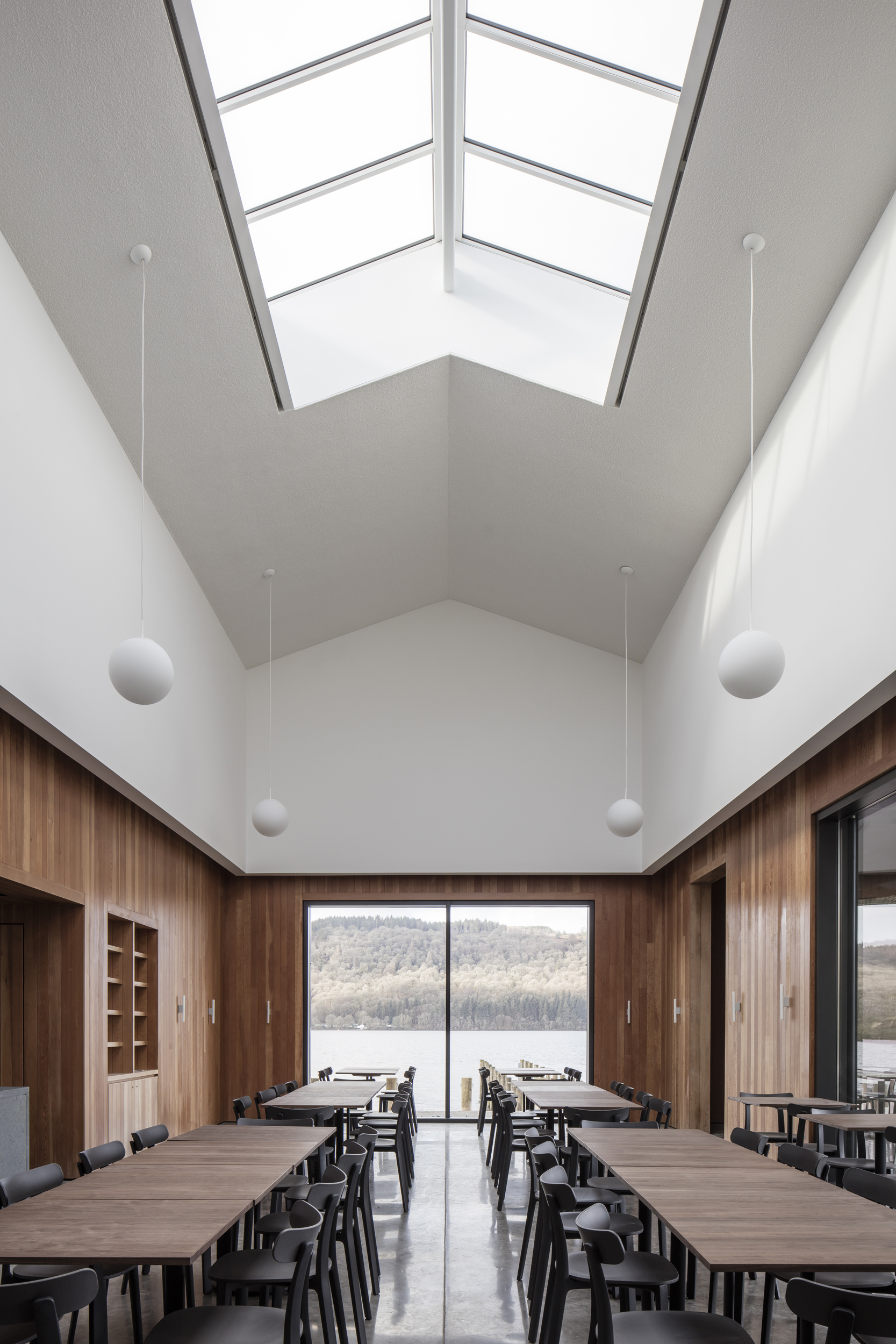
...as well as a restaurant with striking views of the lake.

Large overhangs reference the region’s vernacular architecture.

The structures are clad in copper, which will change appearance in time as patina sets in.
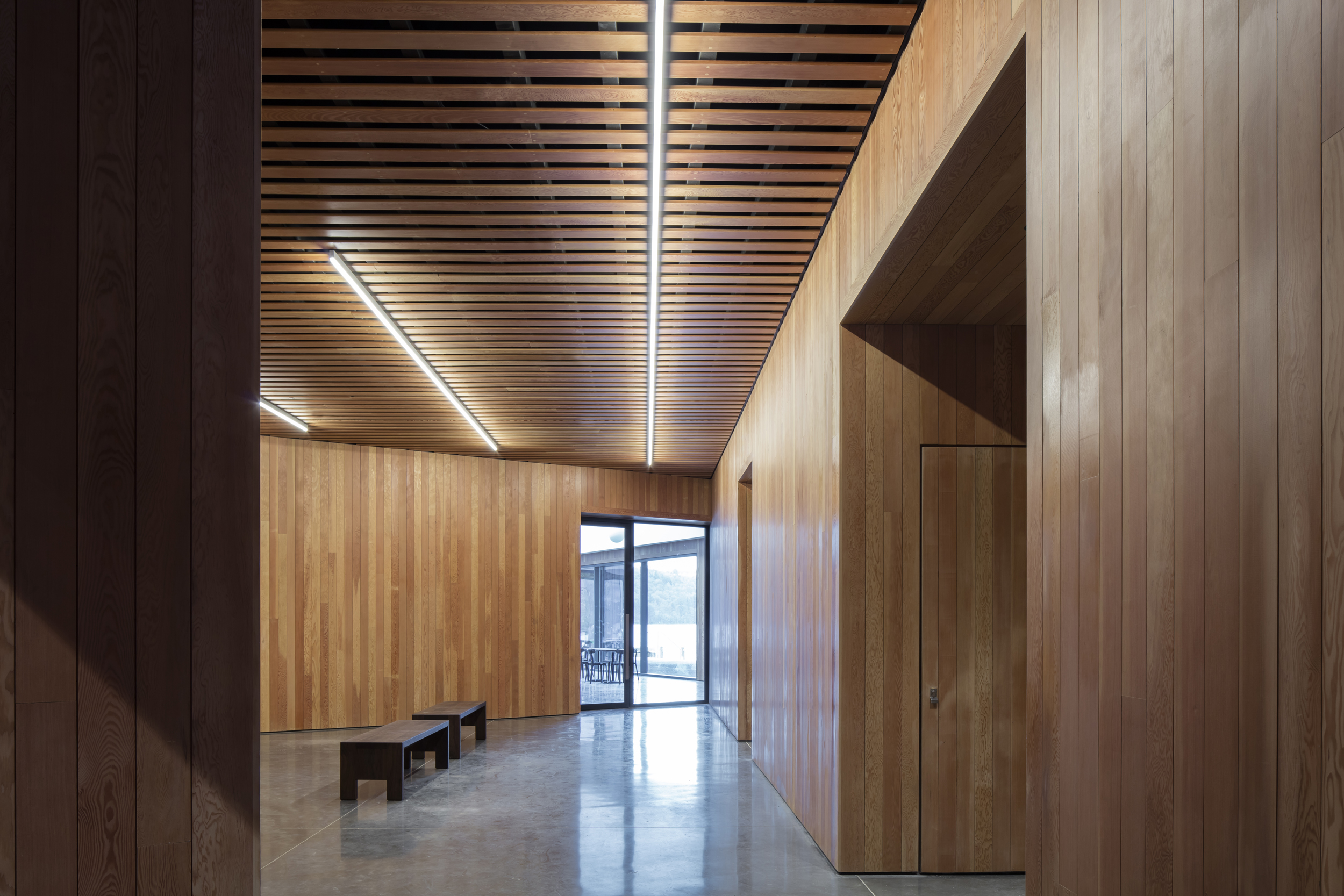
The cluster of seven buildings is interconnected by timber areas.

Those circulation spaces also host necessary museum facilities, such as storage.
INFORMATION
For more information visit the Carmody Groarke website
Receive our daily digest of inspiration, escapism and design stories from around the world direct to your inbox.
Ellie Stathaki is the Architecture & Environment Director at Wallpaper*. She trained as an architect at the Aristotle University of Thessaloniki in Greece and studied architectural history at the Bartlett in London. Now an established journalist, she has been a member of the Wallpaper* team since 2006, visiting buildings across the globe and interviewing leading architects such as Tadao Ando and Rem Koolhaas. Ellie has also taken part in judging panels, moderated events, curated shows and contributed in books, such as The Contemporary House (Thames & Hudson, 2018), Glenn Sestig Architecture Diary (2020) and House London (2022).
-
 Remembering Robert A.M. Stern, an architect who discovered possibility in the past
Remembering Robert A.M. Stern, an architect who discovered possibility in the pastIt's easy to dismiss the late architect as a traditionalist. But Stern was, in fact, a design rebel whose buildings were as distinctly grand and buttoned-up as his chalk-striped suits
-
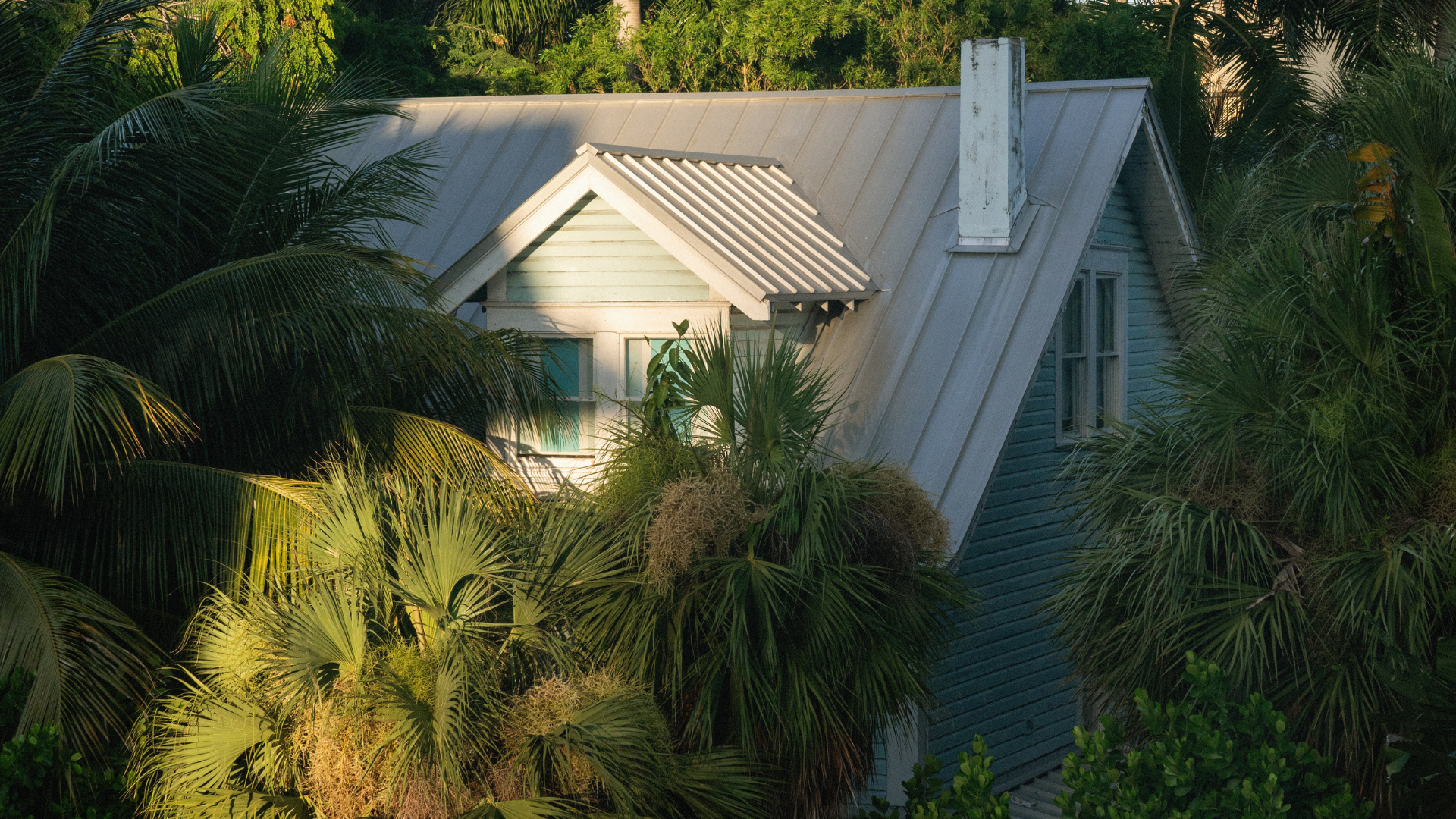 Didn't make it to Alcova Miami this year? These are our 10 favourite things
Didn't make it to Alcova Miami this year? These are our 10 favourite thingsAt the third US edition of the exhibition, designers reinterpreted ancient traditions, artfully refracted light and encouraged sexual exploration
-
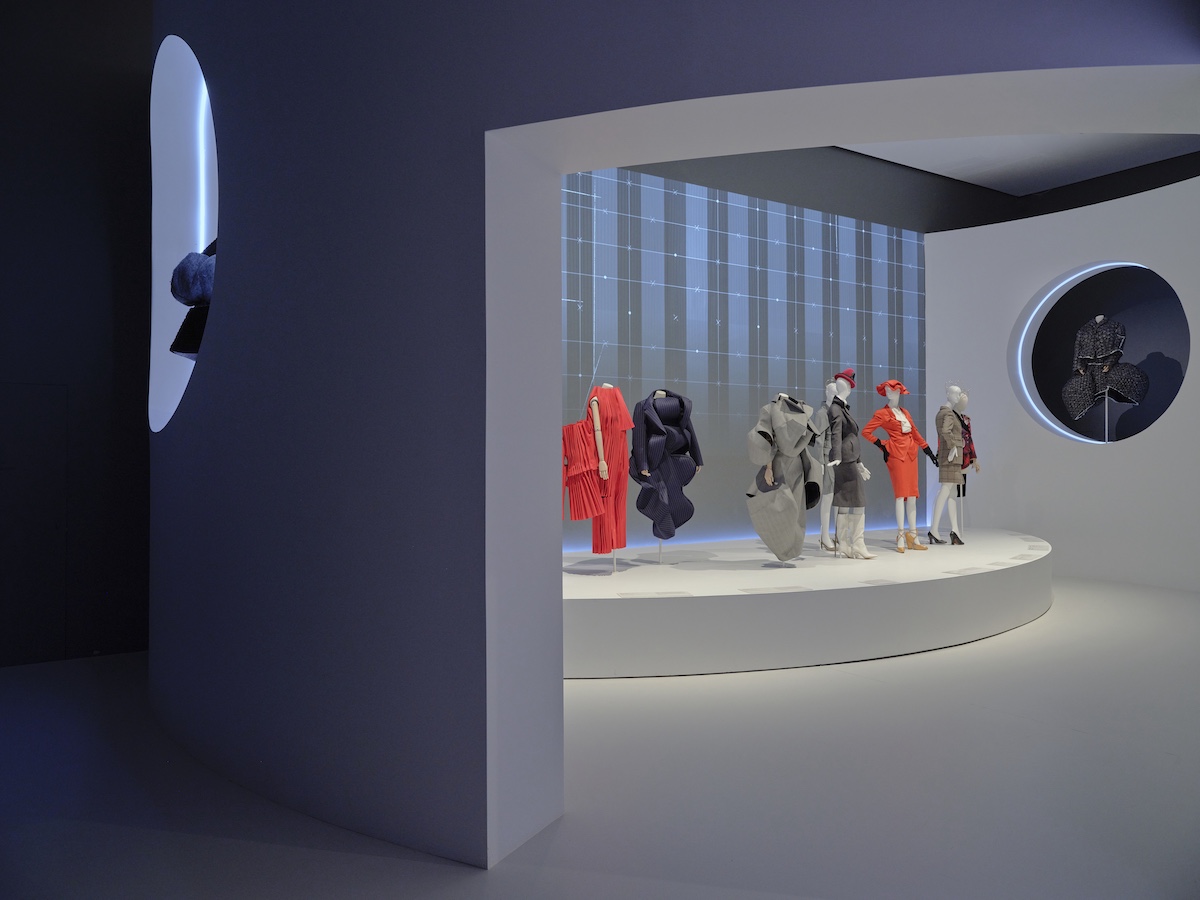 Inside the Melbourne exhibition which puts fashion renegades Rei Kawakubo and Vivienne Westwood in conversation
Inside the Melbourne exhibition which puts fashion renegades Rei Kawakubo and Vivienne Westwood in conversation‘Westwood Kawakubo’ at the National Gallery of Victoria (NGV) in Melbourne draws on the designers’ shared ‘spirit of rebellion’, curators Katie Somerville and Danielle Whitfield tell Wallpaper*
-
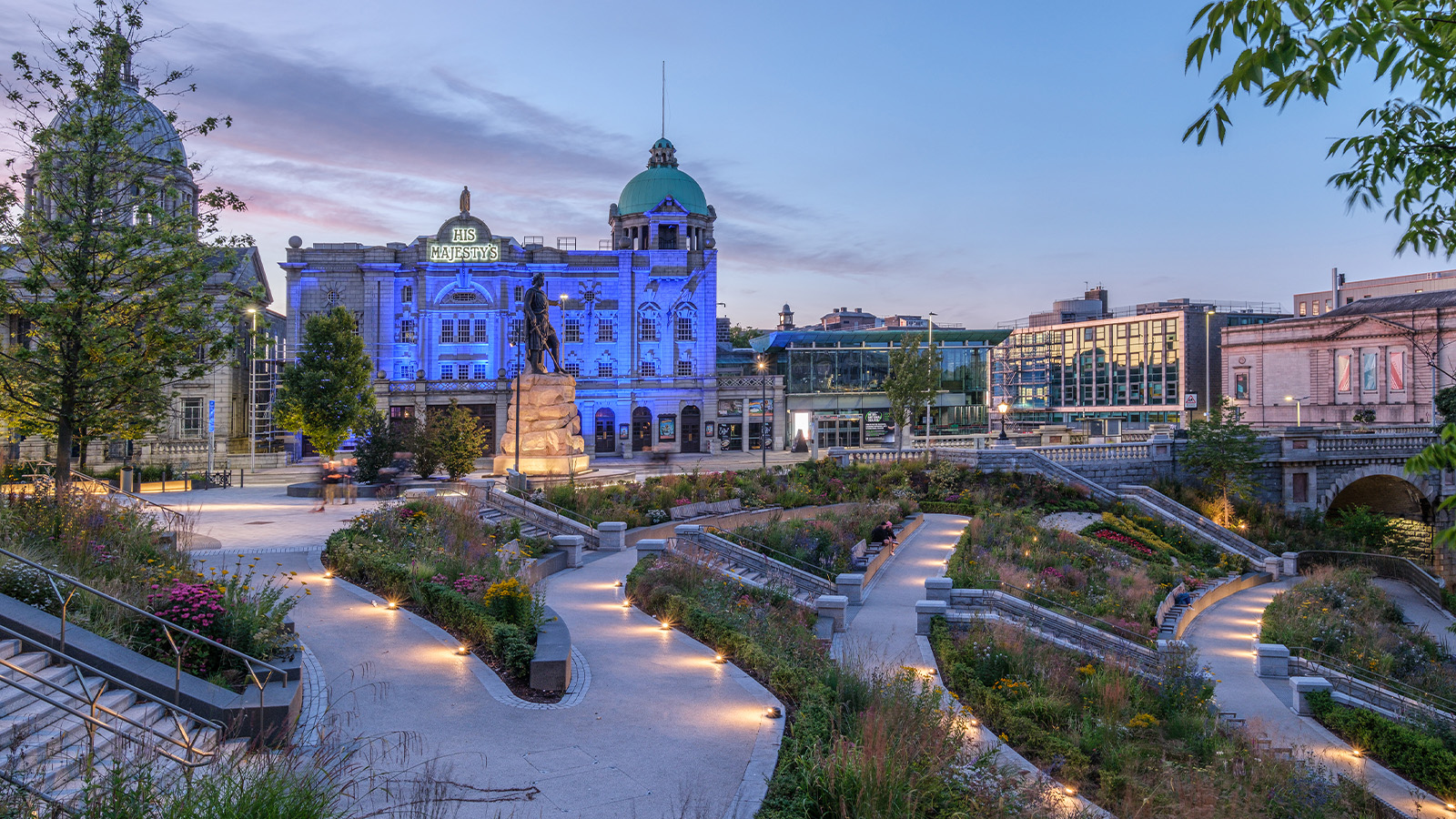 A revived public space in Aberdeen is named Scotland’s building of the year
A revived public space in Aberdeen is named Scotland’s building of the yearAberdeen's Union Terrace Gardens by Stallan-Brand Architecture + Design and LDA Design wins the 2025 Andrew Doolan Best Building in Scotland Award
-
 A refreshed 1950s apartment in East London allows for moments of discovery
A refreshed 1950s apartment in East London allows for moments of discoveryWith this 1950s apartment redesign, London-based architects Studio Naama wanted to create a residence which reflects the fun and individual nature of the clients
-
 In this Cotswolds home, drama meets minimalism
In this Cotswolds home, drama meets minimalismCotswolds home Hiaven house, with interiors designed by McLaren Excell, is a perfect blend of contemporary chic and calm, countryside drama
-
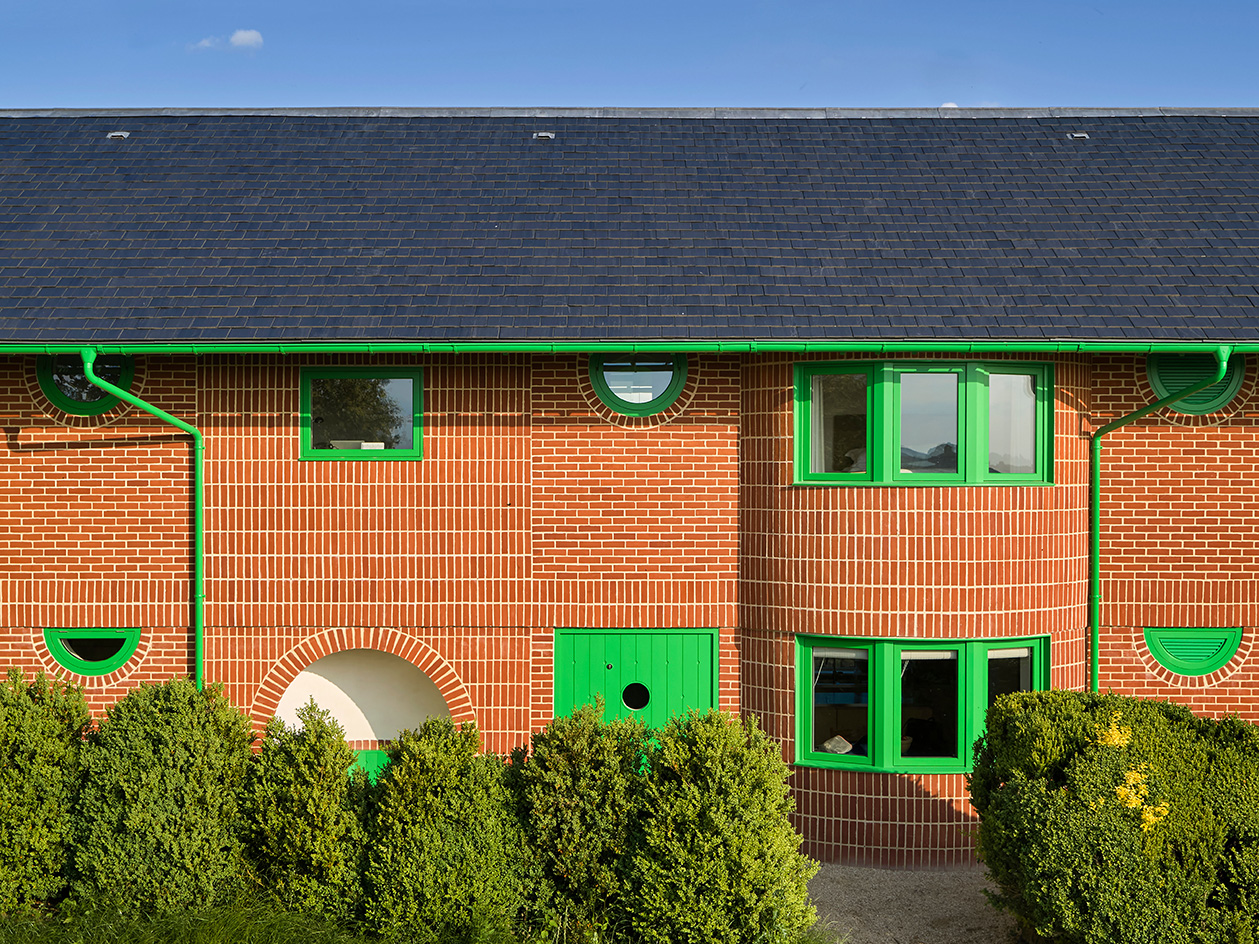 David Kohn’s first book, ‘Stages’, is unpredictable, experimental and informative
David Kohn’s first book, ‘Stages’, is unpredictable, experimental and informativeThe first book on David Kohn Architects focuses on the work of the award-winning London-based practice; ‘Stages’ is an innovative monograph in 12 parts
-
 Find solace in the forest at this expansive treehouse retreat in Dorset
Find solace in the forest at this expansive treehouse retreat in DorsetFor sale for the first time, a treehouse, Mallinson’s Woodland Retreat, is a tribute to the skill of designer and master craftsman Guy Mallinson
-
 Modernist Scotland explores the country’s impressive legacy of contemporary architecture
Modernist Scotland explores the country’s impressive legacy of contemporary architectureA new book, Modernist Scotland, delves into the art and ambitions of the International Style in post-war Scotland, presenting 150 projects that typify an age of optimism and innovation.
-
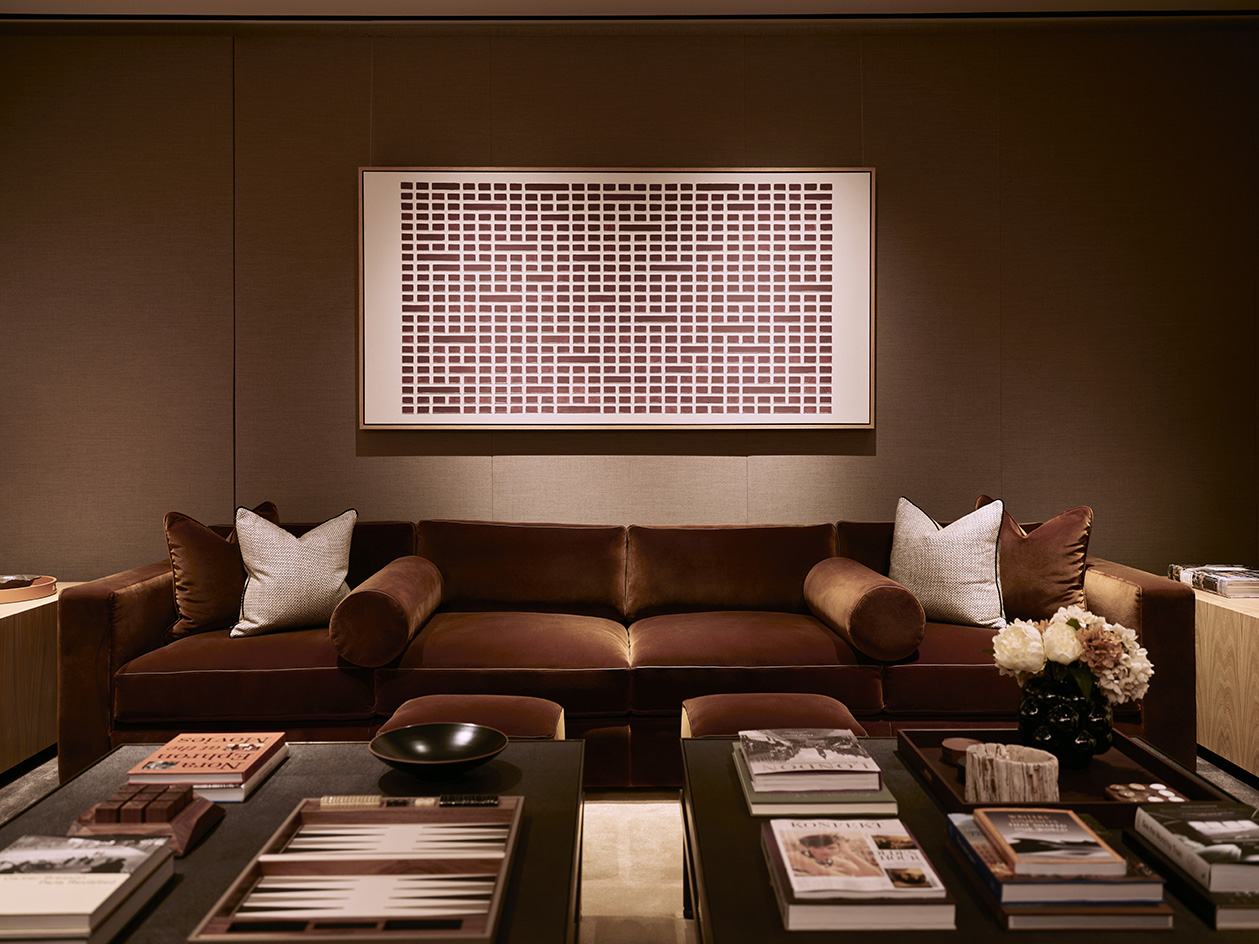 100 George Street is the new kid on the block in fashionable Marylebone
100 George Street is the new kid on the block in fashionable MaryleboneLondon's newest luxury apartment building brings together a sensitive exterior and thoughtful, 21st-century interiors
-
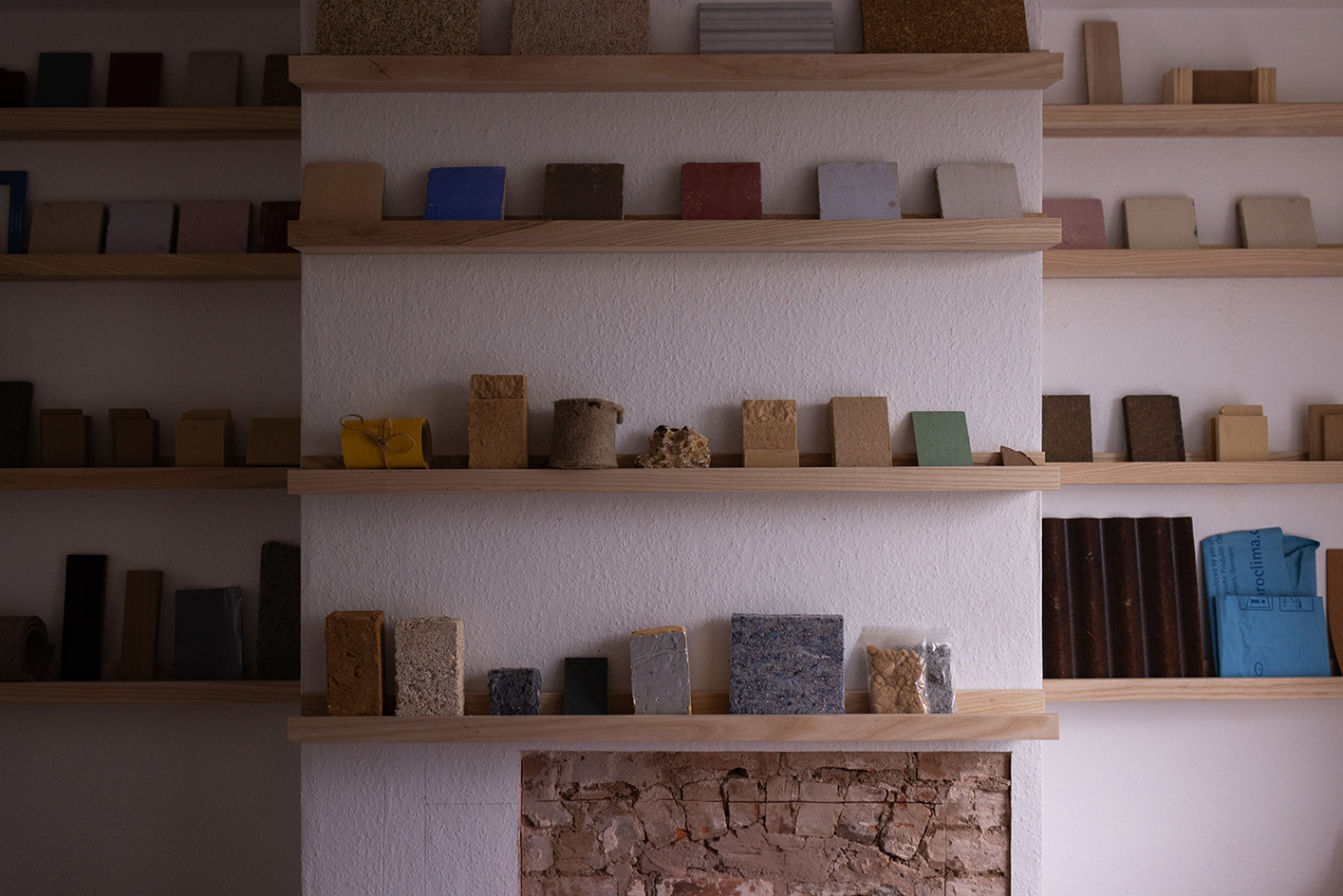 Take a tour of Retrofit House, the live showcase inspiring sustainable homebuilding
Take a tour of Retrofit House, the live showcase inspiring sustainable homebuildingRetrofit House, a showcase for residential redesign using biomaterials and environmentally smart methods, opens in Birmingham, UK, spearheaded by Civic Square, Dark Matter Labs and Material Cultures; we paid it a visit